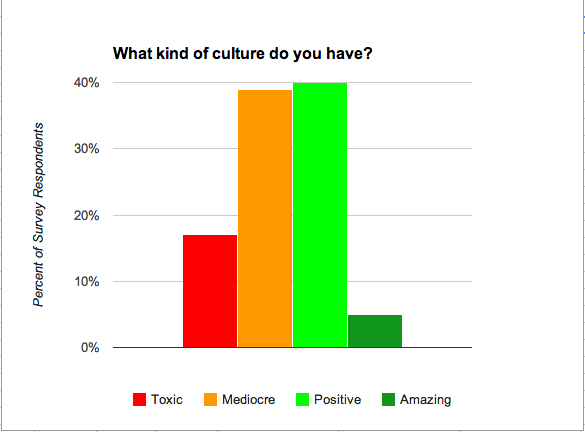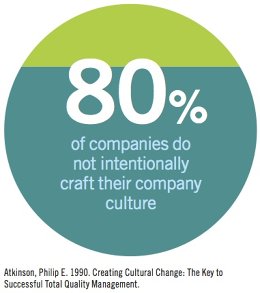As a member of Gen Y, I like it when companies cater to Gen Y. Nothing makes me happier than someone making my life easier. But as millennials enter the workforce, more companies are jumping through hoops I find surprising to accommodate younger workers’ demands for faster promotions, greater responsibilities and flexible work schedules — much to the annoyance of older co-workers. Confused as to whether they’re catering too much to the newest employees in the workforce, I interviewed Shelli Greenslade, senior consultant in Aon Hewitt’s leadership and talent practice to find out whether these companies are taking it too far and how all companies with multiple generations in the office can find a balance.

Shelli Greenslade, senior consultant in Aon Hewitt’s leadership and talent practice.
Workplace cultures need to adapt to the younger workforce and tougher competition in this economy, but how much should they adapt? Where do they draw the line and stop catering to the Gen Y and changing their culture too much?
Greenslade: There’s a balance to be struck with this issue. Academic research has shown that there is not much difference in Gen Y and past generations when they were at the same age. The difference with Gen Y is that they have grown up in the digital age, utilizing technology in nearly every aspect of their lives. The influence of technology has created new expectations, goals and outcomes for both organizations as well as their talent. Instantaneous feedback, opportunities to correct or erase mistakes, ability to source people and/or resources at the swipe of a finger, having visibility and a network of people anywhere in the world you choose to share it with, these are all representative of Gen Y — and sets the context for change in most organizations today. In our work with clients, we have seen many organizations trying to embrace and leverage Gen Y’s technological savvy through reverse mentoring, rethinking development programs and providing choice and flexibility in IT. These are good efforts, but only a starting place. The real challenge is for organizations to maintain the core values of the business and its talent, while at the same time encouraging innovation, risk taking, collaboration and high performance at all levels. For many organizations, this is a departure from the more hierarchical structures and models that are in place today.
Where companies need to adapt is continuing to welcome diversity and inclusion, in embracing new ways of working — the how, when and where work gets done and by whom. Talent management strategies will need to account for movement in, out, up, down and across with the new generation, who expects that they will work for several different employers throughout their careers. Work must be “meaningful” to be appealing, and once it lacks meaning and/or new learning, millennial talent is more likely to move on. Thus, organizations will need to provide clear opportunities to learn and grow on the job and ensure that they communicating these opportunities as such.
We predict a shift from fitting people into a model to one of fitting the model to the individual. This has implications for talent strategy, including attracting and sourcing talent, development, performance management, succession planning and reputation.
Employer brands and employee value propositions will continue to be important differentiators for millennials moving forward, so organizations will need to adapt their messaging and media accordingly. Perhaps most important, organizations need to live up to their promises. Today, this failure to do so is most clear in gender diversity at the top levels and in high potential pools, followed by promises for accelerated career advancement and flexibility. When organizations do not live up to their promises, the damage can be widespread. Technology is both a tremendous asset and a huge risk, thus striking the balance is critical.
Culture does not change overnight. There are foundational elements that all successful businesses will need to maintain even in times of significant change. The legacy and the history of the business will need to be passed down. The wisdom of current leaders and clients alike will need to be transferred, to continue to guide and shape the organization. Organizations will continue to need stewards of their culture, who are respected, have presence — visible, social and networked — and who can serve as leaders and role models for others in the business. Respect, results, common purpose and values will need to be part of any successful organization.
What big things in learning and development is Gen Y shaking up?
Greenslade: Increasing preference for using technology-based learning solutions, more social learning, more learning via informal networks, pressure to shorten training — attention span — more use of Internet-based resources — for example, going to YouTube to learn how to operate a computer program rather than taking a company-provided seminar.
Millennials are much more experiential and this preference impacts how they learn. We also see that this group is more “learning focused” than perhaps other generations. Desired development happens through collaboration, reflection, discovery — not telling them the answer — learning from leaders, teaching each other — up, down, sideways and up — and in dynamic contexts — giving people time to think.
Is this for the best?
Greenslade: Mostly yes, as it’s accelerating the adoption of newer technology-based solutions which can reach a broader audience, for less cost, than more traditional methods. It also mimics the way the younger people experience life. What is missing, of course, is the “human factor” that will remain important in the future. The ability to see and experience someone or something in live action, to get at the nuance and subtlety will be more difficult to achieve in a tech-only learning and development context. Often it is the activities surrounding a learning event — networking dinners, ice breakers, post-session outings — that promote connectivity and result in higher performance.
What should be management’s approach when Gen Y keeps asking “why”?
Greenslade: Take the opportunity to share wisdom. Pause, consider the question from a younger person’s perspective, play devil’s advocate, ask “why not” — get them to articulate an answer.
Why does Gen Y ask “why” so much?
Greenslade: To gain clarity, to challenge assumptions that they do not agree with — particularly at the outset — to demonstrate their competence — or perceived competence — and likely as a result of growing up in an era of “helicopter parents” who watched out for their every move.
via Keep Core Values, But Embrace New Ways to Work.
Culture, Keep Core Values, But Embrace New Ways to Work




